Introduction to Diagnostic Medical Parasitology
Sandfly
Virtual Microscope
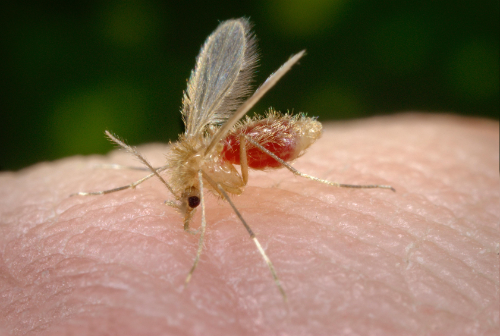
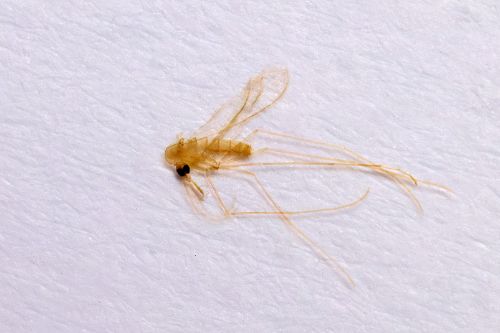
Characteristics
- Insect: Three part body (head/thorax /abdomen) and 6 legs
- Body length 1.5 - 3.5 mm
- Relatively large black eyes
- Long antennae
- Long, stilt-like legs
- Hairy, multi-veined wings
- Double branching of the second wing vein
- Angled, lance-like wings, which are folded together above the body in a resting position (→ butterfly mosquito)
- Complete metamorphosis (holometabole development)
- Dusk and night activity
- Prominent genital lobes in males
- Only females feed on blood
•Medical significance:
- Severe local irritation ("harara" in the Middle East) Three types of Leishmaniasis
- Visceral Leishmaniasis (VL; "kala-azar"), fatal if left untreated
- Cutaneous Leishmaniasis (CL)
- Mucocutaneous Leishmaniasis, partial or complete destruction of the nasal mucosa
- Bartonellosis (Oroya fever, caused by the bacterium Bartonella bacilliformis)
- Sandfly fever (transovarial transmission)
Eggs, larvae, and pupae
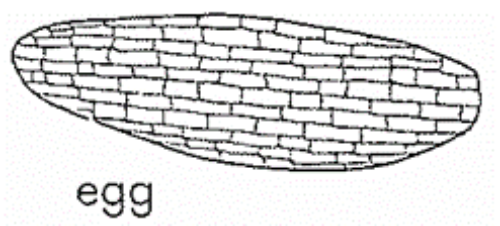
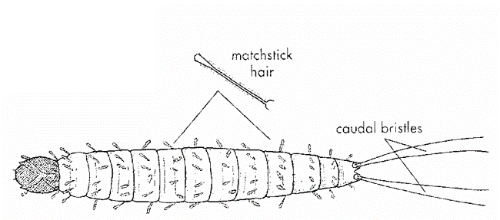
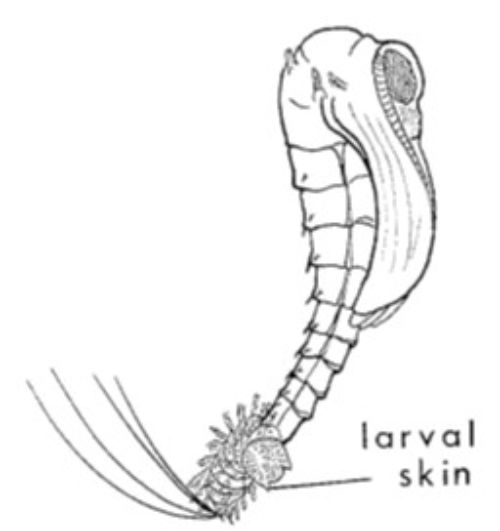
Egg
- 0.3 - 0.4 mm long 30 - 70 eggs per clutch
- Likely egg deposition in crevices and cracks
Larvae
- hatch after 4 - 20 days
- Four larval stages
- Larvae 3 - 6 mm
- Distinctive black head
- Matchstick-like hairs
Pupae
- Pupation after 20 - 30 days
- Adult (Imago) after 6 - 30 days